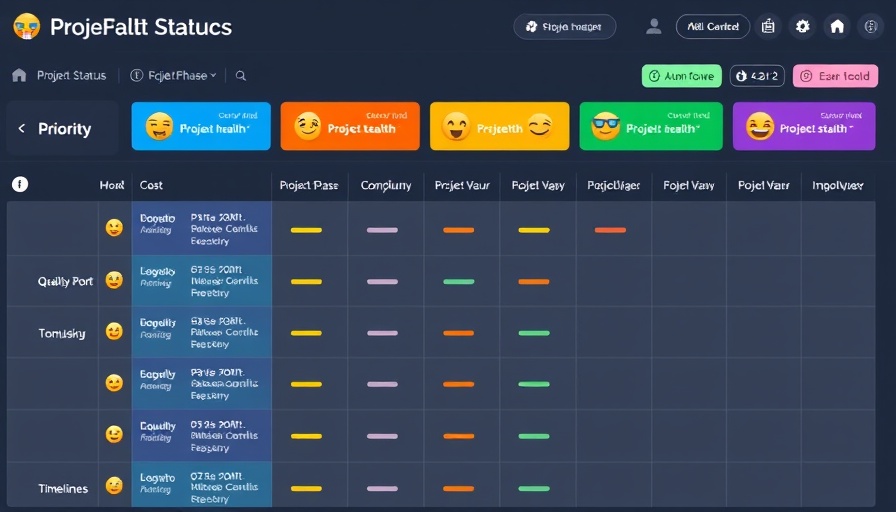
Shifting the Marketing Paradigm: Performance Meets Brand Strategy
In today's fast-paced digital landscape, the continual evolution of marketing strategies has left traditional approaches feeling outdated. For business owners generating between $2M and $10M in annual revenue, finding the sweet spot between brand integrity and immediate performance results is no longer an option; it is a necessity. As more brands face mounting pressure to prove ROI quickly, the marketing playbook is undergoing a seismic shift.
The Integration Imperative: Why Blending Matters
Many marketers today are caught in a precarious balancing act. On one hand, the allure of performance marketing—where campaigns generate immediate results—tempts them to skew budgets heavily toward conversion-centric channels. Yet, as the latest findings from the 2024 Gartner CMO Spend Survey suggest, heavy investment in performance marketing without bolstering brand equity risks leaving businesses vulnerable. A robust brand presence can enhance overall campaign effectiveness, supporting long-term growth while propelling immediate outcomes. When customers recognize and trust your brand, your performance marketing spend benefits greatly.
Challenges Ahead: Media Fragmentation and Market Overcrowding
As media fragmentation surges due to an increasing number of competitors, finding further opportunities within performance-driven channels has become increasingly complex. More businesses are competing for the same potential customers, hiking up the cost of customer acquisition. Thus, marketers find themselves in a restrictions cycle, battling for short-term metrics that ultimately diminish effectiveness. By drawing back from a strictly performance-focused approach, companies risk slow growth and stagnation.
Data-Driven Decisions: Leveraging Customer Insights for Better Performance
With brand equity at stake, business owners must harness the power of data to forge effective customer acquisition strategies. Marketers must invest in understanding their audience through tools that analyze customer behavior and trends. By identifying what drives your customers, brands can design campaigns that resonate deeper, enhancing both their branding efforts and performance metrics.
Reimagining Success: Long-Term Brand Value Is the Key
The challenge of merging brand and performance marketing shouldn't lead you to an either-or dilemma. Rather, it should encourage you to envision a more integrated future. Brands that build strong identities and connect emotionally with their audiences can see lasting benefits, even during downturns. By establishing stability through brand loyalty, businesses not only improve lead generation but can weather the storms of market fluctuations more effectively.
Your Next Steps: Becoming a Brand That Delivers
The integration of brand strength and performance marketing isn’t merely conceptual; it offers actual pathways toward sustainable growth. Businesses looking to upscale operations must analyze current tactics and pivot accordingly. Start by developing campaigns that balance short-term gains with long-term brand investment to create a resilient marketing strategy.
If you’re a business owner keen on scaling your operations, engaging with your brand narrative can yield transformative results. Consider investing in robust and holistic digital strategies that align with your brand message. Creating meaningful connections with your audience leads to better customer acquisition and sustained engagement over time. So, are you ready to empower your growth strategy further?
 Add Row
Add Row  Add
Add 



Write A Comment